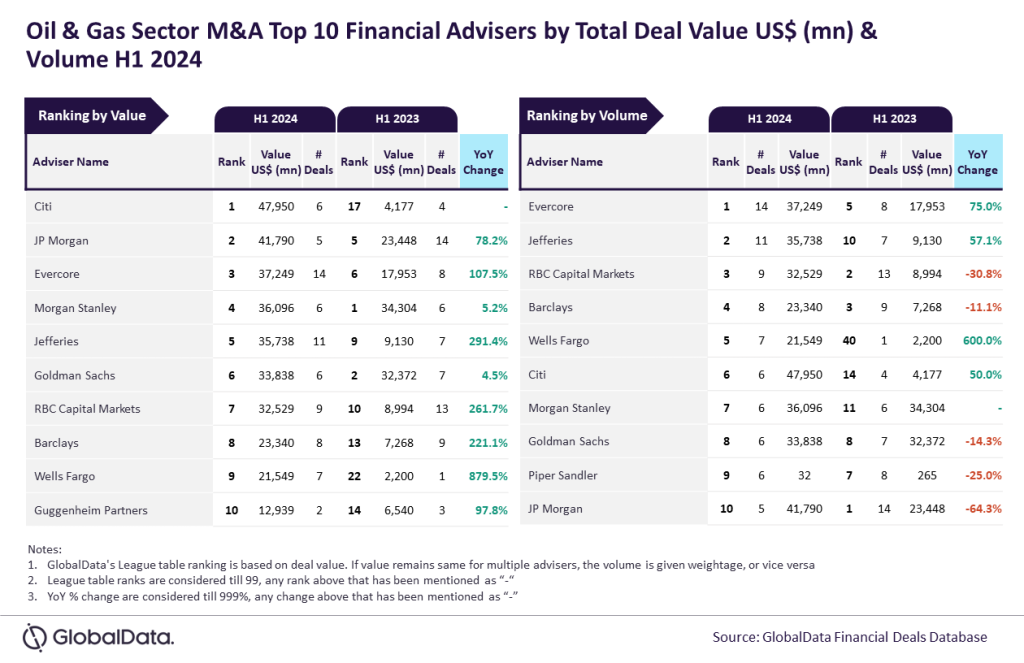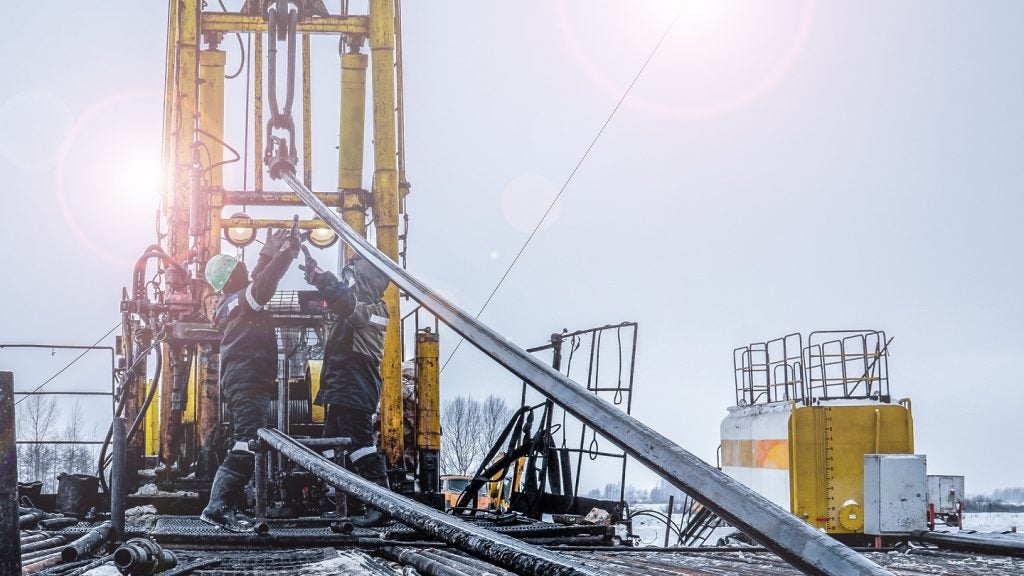Omorinsky Block Fields is a conventional oil development located onshore Russia and is operated by Gazprom Neft. According to GlobalData, who tracks more than 34,000 active and developing oil and gas fields worldwide, Omorinsky Block Fields was discovered in 2008, lies in block Omorinsky. Buy the profile here.
The project is currently in feasibility stage and is expected to start commercial production in 2028.
Field participation details
The field is owned by Gazprom.
Production from Omorinsky Block Fields
Production from the Omorinsky Block Fields conventional oil development project is expected to begin in 2028 and is forecast to peak in 2032, Based on economic assumptions, the production will continue until the field reaches its economic limit in 2079.
About Gazprom Neft
Gazprom Neft, a subsidiary of Gazprom, is an integrated oil and gas company. It explores for, develops, and produces crude oil and natural gas. The company operates in Khanty-Mansi and Yamalo-Nenets Autonomous Districts, and Tomsk, Omsk and Orenburg regions in Russia; and also has production projects in Iraq and other regions. It processes crude oil into refined products such as aviation fuel, motor fuel and others. Gazprom Neft also operates refining facilities in Omsk, Moscow and Yaroslavl regions in Russia and Serbia. The company distributes products through a network of retail outlets in Russia and overseas. Gazprom Neft is headquartered in St Petersburg, Russia.
For more details on the Omorinsky Block Fields Conventional Oil Field, buy the profile here.
Data Insights
From

The gold standard of business intelligence.
Blending expert knowledge with cutting-edge technology, GlobalData’s unrivalled proprietary data will enable you to decode what’s happening in your market. You can make better informed decisions and gain a future-proof advantage over your competitors.






